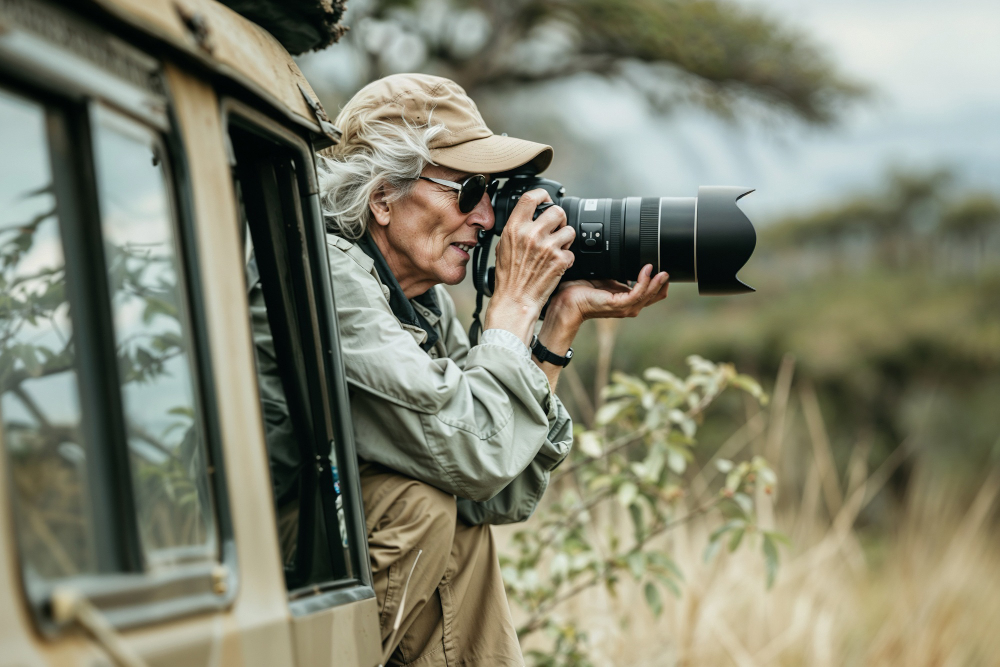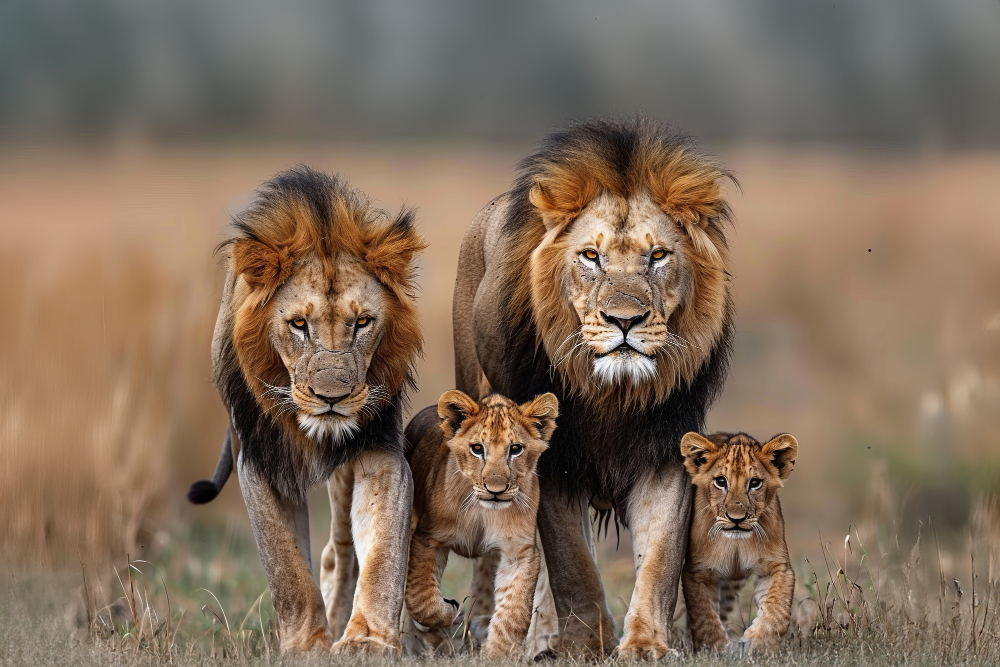
About Serengeti National Park
Serengeti National Park is one of Africa's most famous wildlife reserves, renowned for its annual wildebeest migration. Spanning 14,750 square kilometers (5,700 square miles) in northern Tanzania, Serengeti is a UNESCO World Heritage Site and offers visitors the chance to witness Africa's Big Five: lions, leopards, elephants, rhinos, and buffalo.
The park is a vast ecosystem of grasslands and savannahs, providing an ideal habitat for predators and prey. Every year, over 1.5 million wildebeests and 200,000 zebras cross the Serengeti in one of the greatest wildlife spectacles on Earth.
